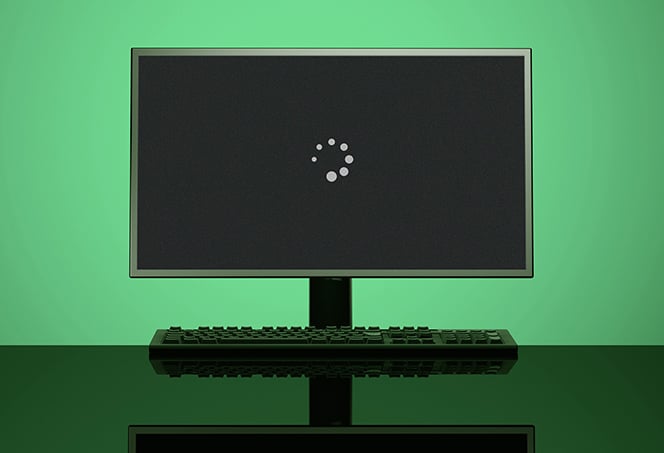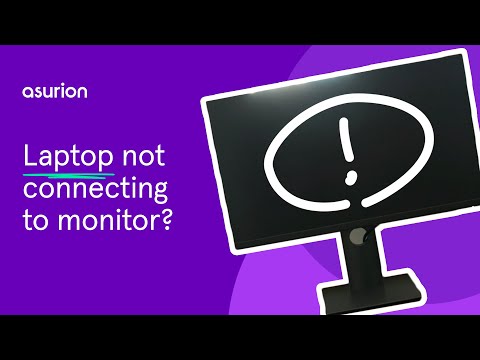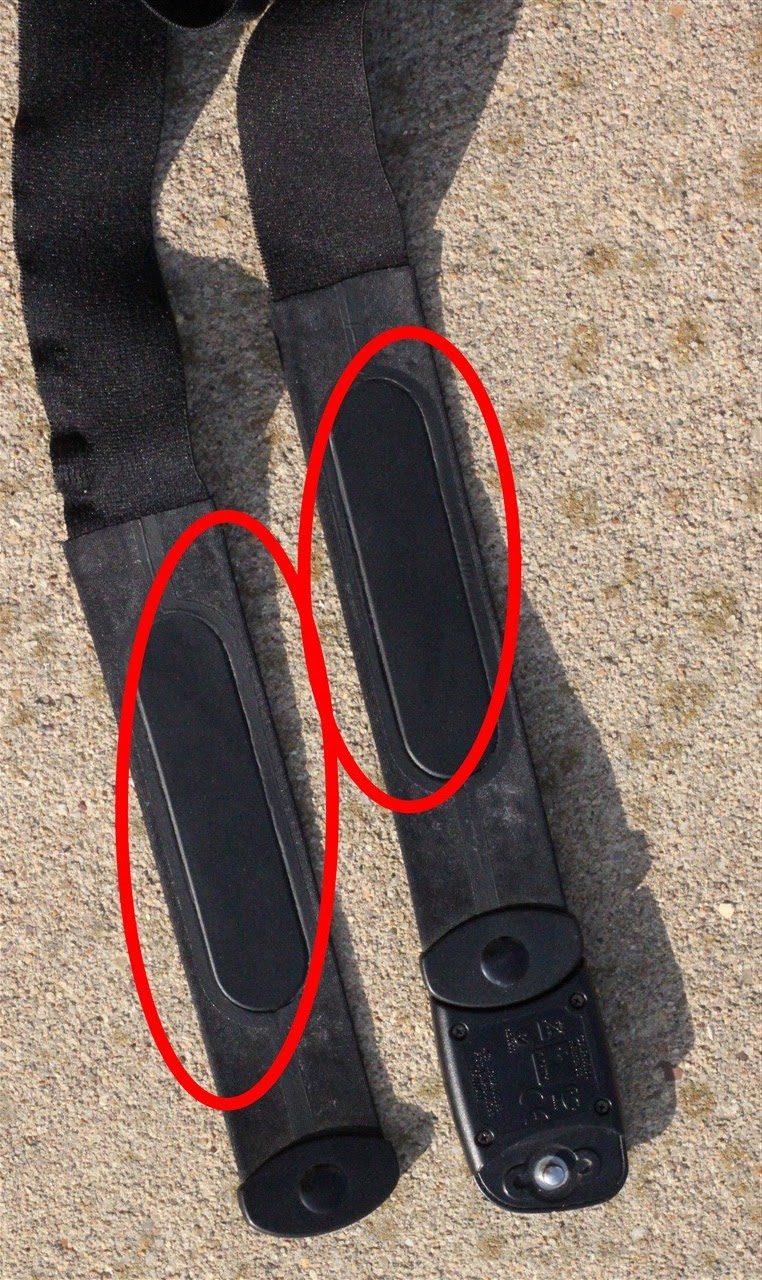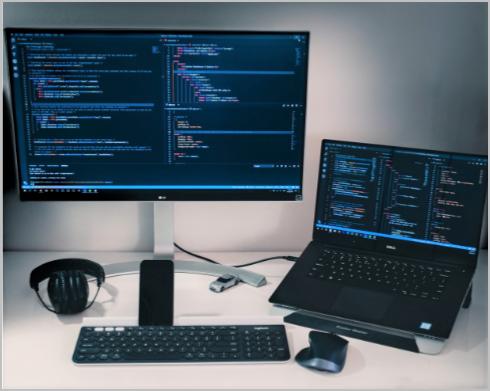Which of the Following is Not a Permitted Way to Connect a Personally-Owned Monitor: Avoid These Mistakes
Connecting a personally-owned monitor to a DoD-issued computer through USB is not a permitted way to do so. In telework settings, it is advisable to connect personally owned external monitors to DoD-issued computers through VGA or DVI, ensuring that it does not pose any risk to the Department.
It is crucial to adhere to the guidelines and policies to maintain cyber security and protect sensitive information.
Defining Permitted Monitor Connections
In a telework setting, personally-owned monitors can be connected to DoD-issued computers through VGA or DVI, but not USB. It is important to ensure that any telework conducted does not pose a risk to the Department.
Overview Of Government And Corporate Policies
In telework settings, personally owned external monitors may be linked to DoD-issued computers through VGA or DVI, but not USB. It is important for individuals and organizations to adhere to government and corporate policies to ensure the security and integrity of data and systems.
Clarification Of Vga And Dvi Connections
When connecting a personally-owned monitor to government-furnished equipment (GFE), it is essential to use the permitted VGA or DVI connections. VGA (Video Graphics Array) and DVI (Digital Visual Interface) are both standard video connectors commonly used for displaying visual content from a computer to a monitor. These connections provide high-quality video transmission without sacrificing image quality.
Risks Of Non-permitted Connections
Using non-permitted connections, such as USB, to connect a personally-owned monitor to GFE can pose significant security risks. USB connections may introduce vulnerabilities that could be exploited by malicious actors to gain unauthorized access to sensitive information or compromise the integrity of the system. Therefore, it is crucial to strictly adhere to the permitted VGA or DVI connections to mitigate these risks.
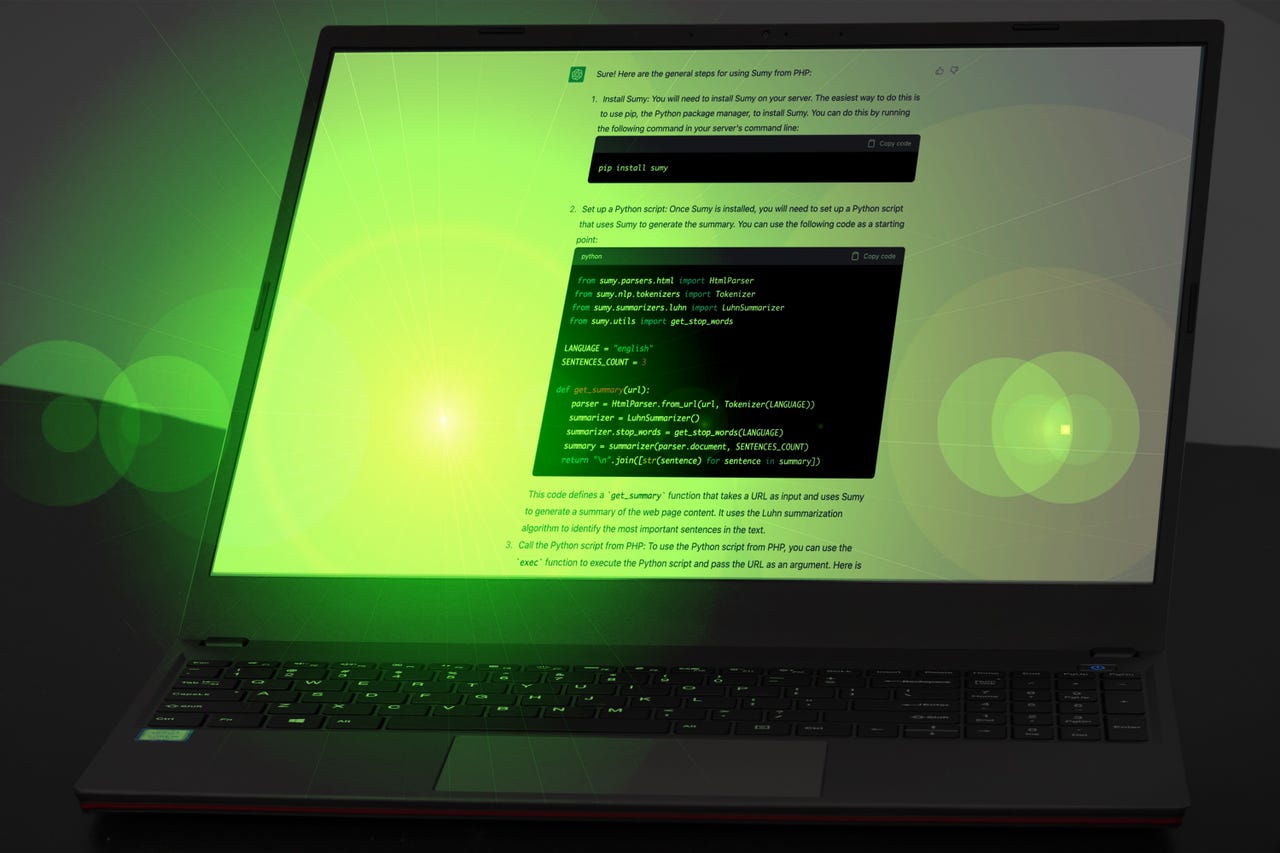
Credit: www.zdnet.com
Prohibited Connection Methods
Personally-owned monitors cannot be connected to DoD-issued computers via USB, only through VGA or DVI connections. It is crucial to adhere to these permitted connection methods to ensure the security of the Department and its equipment.
Identifying Non-approved Connection Types
In telework settings, it is crucial to ensure that personally-owned external monitors are connected to Department of Defense (DoD)-issued computers using the correct methods. While connecting via VGA or DVI is permitted, using USB to connect a personally-owned monitor to DoD-issued equipment is not approved. This means that individuals involved in telework must be aware of the non-approved connection types and utilize only the permitted methods.
Understanding The Risks Behind Usb Connections
USB connections may appear convenient, but they come with significant risks and potential security breaches when used to connect personally-owned monitors to DoD-issued computers. USB ports are inherently vulnerable and can be exploited by malware and other malicious programs. This is why using USB connections for this purpose is strictly prohibited and should be avoided at all costs.
Impact On Security And Data Breaches
Using USB connections to connect personally-owned monitors to DoD-issued computers can have severe consequences in terms of security and potential data breaches. By allowing unauthorized access to the DoD network through USB connections, sensitive information can be compromised, leading to breaches in data integrity and confidentiality. To protect against such risks, it is crucial to adhere to the approved connection methods and avoid using USB connections when linking personally-owned monitors to DoD-issued computers.
Ensuring Secure Workspace Equipment
In today’s rapidly evolving telework environment, ensuring the security of workspace equipment is of paramount importance. When it comes to connecting a personally-owned monitor to a government-furnished equipment (GFE), it is crucial to adhere to the permitted ways to maintain data integrity and prevent potential vulnerabilities. In this article, we will explore the key considerations for selecting appropriate monitors for GFE, best practices for hardware compatibility, and checking for authorized connectors.
Selecting Appropriate Monitors For Gfe
When selecting a monitor for GFE, it is essential to choose a model that meets the required security standards. Monitors should have advanced security features, such as built-in encryption and tamper-proof mechanisms, to protect sensitive information. Additionally, consider the screen size, resolution, and adjustable settings to ensure optimal usability and productivity. Certain guidelines may further specify the acceptable brands or models to reduce the risk of potential vulnerabilities.
Best Practices For Hardware Compatibility
To ensure seamless compatibility between a personally-owned monitor and GFE, it is crucial to follow best practices. First, verify the monitor’s compatibility with the specific GFE model or standards provided by the organization. Check for the required input ports, such as VGA or DVI, to establish a secure connection. Avoid connecting the monitor using unauthorized connectors that could potentially compromise data security. Furthermore, consider the monitor’s power requirements to ensure it aligns with the provided power sources or adapters.
Checking For Authorized Connectors
Before connecting a personally-owned monitor to GFE, it is important to verify the authorized connectors. USB connections may pose security risks, and therefore, are not permitted for connecting personally-owned monitors to GFE. Instead, VGA or DVI connections should be used to maintain data integrity and confidentiality. Ensure that cables and connectors are in good condition without any signs of tampering or modifications. Regularly inspect and replace worn-out connectors to prevent any potential vulnerabilities.
Mistakes To Avoid With Monitor Setups
In telework settings, personally owned monitors can be connected to DoD-issued computers via VGA or DVI, but not through USB. This is to ensure that teleworking is conducted securely without putting the Department at risk.
When it comes to setting up a personally-owned monitor with your computer, it’s important to be aware of the correct and permitted ways to connect them. Avoiding common mistakes can help ensure a smooth and secure telework experience. In this section, we’ll discuss which connections are not permitted, common misconceptions around HDMI and USB, and how to evaluate potential vulnerabilities.
Which Connections Are Not A Permitted Way To Connect
When connecting your personally-owned monitor to a DoD-issued computer in a telework setting, it’s crucial to adhere to the permitted connections. While VGA and DVI connections are acceptable, using USB to connect your monitor is not permitted. USB connections are not designed for video output and may compromise the security of the Department’s systems.
Remember, it’s essential to follow the guidelines set by your organization to ensure compliance and avoid any potential risks when connecting your personally-owned monitor.
Common Misconceptions Around Hdmi And Usb
There are often misconceptions when it comes to HDMI and USB connections for monitors. HDMI cables are primarily used for audio/video transmission and are commonly found in devices such as televisions and gaming consoles. However, it’s important to note that HDMI connections are not recommended for connecting personally-owned monitors to DoD-issued computers in a telework setting. Stick to the permitted VGA or DVI connections for a secure and compliant setup.
Similarly, USB connections are not suitable for connecting monitors to government-furnished equipment. USB ports are primarily designed for connecting peripherals such as keyboards, mice, and storage devices. Attempting to use a USB connection for your monitor may lead to compatibility issues and potential security vulnerabilities.
Evaluating Potential Vulnerabilities
When setting up your personally-owned monitor with a DoD-issued computer, it’s crucial to evaluate potential vulnerabilities. Ensure that your monitor’s connection method adheres to the permitted guidelines to minimize any security risks. USB connections, although convenient for various peripherals, should not be used for connecting monitors in a telework environment.
By following the correct procedures and avoiding prohibited connections, you can ensure a secure and compliant telework setup with your personally-owned monitor and DoD-issued computer.
Compliance And Tech Hygiene
The permitted ways to connect a personally-owned monitor to DoD-issued computers in telework settings are through VGA or DVI, but not USB. This is to ensure compliance and minimize any potential risks to the Department.
Keeping Up With Policy Changes
When it comes to telework settings, it is important to stay compliant with the latest policy changes. Personally-owned external monitors can be linked to DoD-issued computers through VGA or DVI connections, but not via USB. It is crucial for individuals and organizations to be aware of and follow these regulations to ensure that any telework activities and peripherals used do not pose any security risks to the Department of Defense (DoD).
Importance Of Periodic Security Assessments
Periodic security assessments play a vital role in maintaining tech hygiene. Regularly evaluating the security measures in place helps identify any potential vulnerabilities and allows for timely remediation. By conducting thorough security assessments, organizations can mitigate risks associated with connecting personally-owned monitors to government-issued equipment. This proactive approach ensures that appropriate security protocols are in place to protect sensitive data and maintain the integrity of the DoD’s systems.
Role Of Peripheral Choices In Cybersecurity
The choice of peripherals used in telework environments can significantly impact cybersecurity. While personally-owned monitors can be connected to DoD-issued computers through VGA or DVI connections, USB connections are not permitted. By carefully considering peripheral choices that adhere to approved methods, individuals and organizations can strengthen their cybersecurity posture. This includes selecting external keyboards, mice, monitors, USB storage devices, and headphones or earphones that are compatible with the guidelines set by the DoD. This attention to detail reduces the risk of unauthorized access or data breaches.
Frequently Asked Questions For Which Of The Following Is Not A Permitted Way To Connect A Personally-owned Monitor
Which Of The Following Personally Owned Computer Peripherals Is Permitted For Use With?
Permitted personally-owned computer peripherals for use with government-furnished equipment may include external keyboards, mice, monitors, USB storage devices, and headphones/earphones.
Which Of The Following Is Not An Example Of Personally Identifiable Information?
An example that is not personally identifiable information is race, religion, gender, workplace, and job titles.
Which Of The Following Is Not A Best Practice For Protecting Your Home Wireless Network For Telework?
Using your router’s pre-set SSID and password is not a best practice for protecting your home wireless network for telework.
Which Of The Following Is Permitted Within A Scif?
Only expressly authorized government-owned portable electronic devices (PEDs) are permitted within a SCIF. Protecting data on mobile computing and portable electronic devices is important. Protecting organization on social networking sites should include security best practices. There are specific ways to protect Controlled Unclassified Information (CUI).
Traveling overseas with a mobile phone requires caution. Potential insider threat indicators should be considered. Portable electronic devices in a SCIF must follow security protocols. Security best practices for using social networking sites should be followed.
Conclusion
To ensure the security of telework environments and government-furnished equipment, it is crucial to follow the permitted ways of connecting personally-owned monitors. VGA or DVI connections are allowed, but USB connections are not permitted. Adhering to these guidelines helps protect sensitive information and mitigates the risk of cyber threats.
Remember to always follow policy and use approved peripherals when working remotely. By prioritizing security measures, we can safeguard government systems and maintain a secure telework environment.

